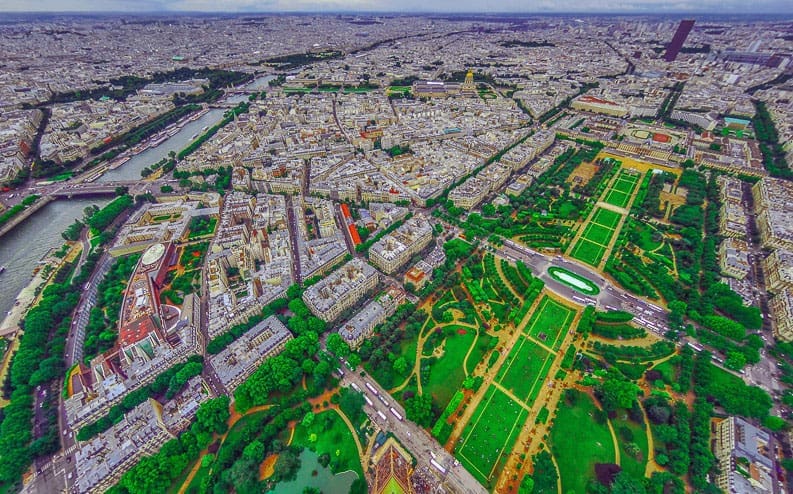Identity Graph
What is an identity graph?
A knowledge graph, but make it identity. Just as a knowledge graph is a key element for an identity fabric, the concept of identity graph is the same for an identity data fabric. An identity graph represents entities and their relationships to each other, across all of an organization’s objects, in one location. If the global data model (which exposes identities, resources, and their relationships across the infrastructure) is a map, the identity graph is like the directions for a specific route– a navigable hierarchy that makes interconnected identity data easier to discover– and use to drive smarter decisions across security and business.
What is the role of the identity graph in IAM?
The ability to link the digital life of a user across all the different business objects in your system and deliver an easy-to-understand rendering of these users’ various contexts, is the function of an identity graph. It builds a picture of each user as a player within your system—no matter how many subsystems make up that landscape, or how many personas that user may operate as.
Model driven virtualization enables the RadiantOne platform to extract existing objects relationships out of data silos and link objects across these distributed stores to generate a global object and relationship map. From there, you can model infinite integrated, contextual views (identity graphs) of the data that reflect how objects are related across your company. In the realm of security and beyond, this map means your teams are no longer flying blind when it comes to identity.
We got you covered from A to Z.
Let us detail the rest in a demo.
A global view of users drives success across every
identity-centric initiative—learn how!

